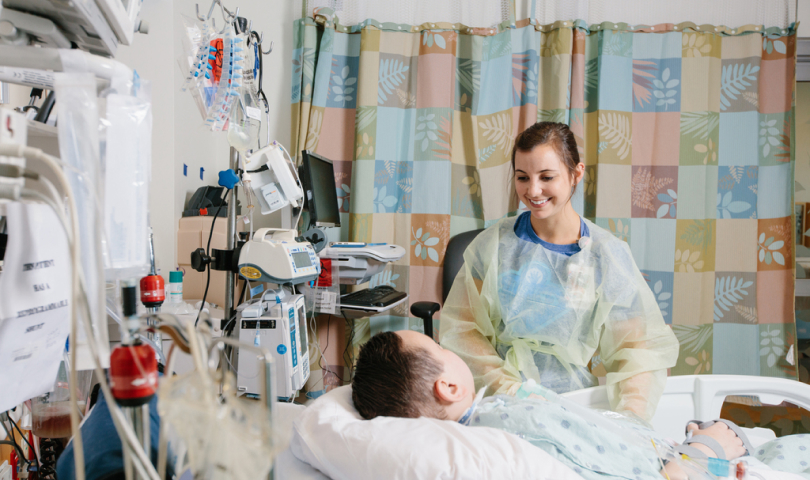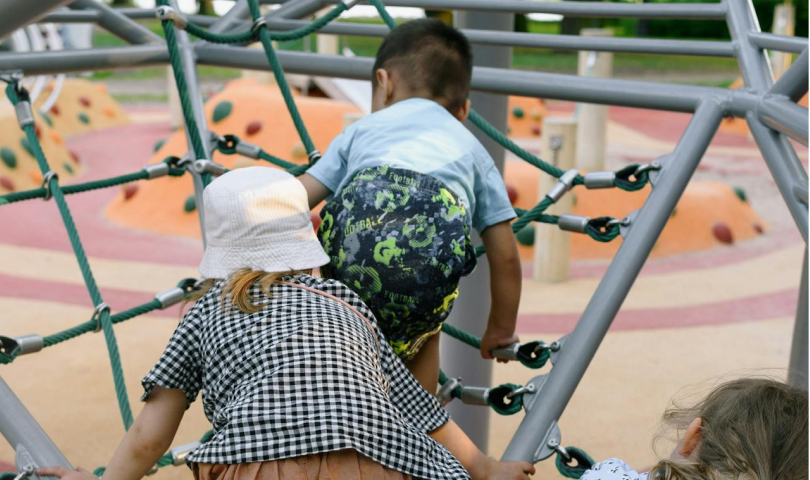
Ten years after undergoing bariatric surgery as teens, over half of study participants demonstrated not only sustained weight loss, but also resolution of obesity-related conditions, such as type 2 diabetes, high blood pressure and high cholesterol, according to the report published in the New England Journal of Medicine. This largest and longest follow-up study of bariatric surgery in teens was led by Justin Ryder, PhD and Thomas Inge, MD, PhD.
READ MORE
Paul Schumacker, PhD, and colleagues have discovered a way to regenerate damaged heart muscle cells in mice, a development which may provide a new avenue for treating congenital heart defects in children and heart attack damage in adults. Their research was published in the Journal of Clinical Investigation.
READ MORE
Sepsis – the leading cause of mortality in children around the world – can present with a wide range of signs and symptoms, making a one-size-fits-all treatment strategy ineffective. Pursuing a precision medicine approach for pediatric sepsis, L. Nelson Sanchez-Pinto, MD, and colleagues used artificial intelligence to analyze a large set of clinical data and find a distinct group of patients who might respond better to targeted treatments. Findings were published in Pediatric Critical Care Medicine.
READ MORE
Co-Principal Investigator Todd Florin, MD, MSCE, in partnership with University of Utah Health, has been approved for $12 million in research funding by the Patient-Centered Outcomes Research Institute (PCORI) for a study that will compare two ways to use antibiotics in young children with mild pneumonia who are well enough to be cared for at home.
READ MORE
In the first study of its kind, led in part by Ellen Chadwick, MD, and Jennifer Jao, MD, MPH, four of six children who acquired HIV in utero have remained free of detectable HIV for more than one year after pausing treatment. Moving away from reliance on daily antiretroviral therapy would be a huge improvement to the quality of life of these children. Findings were presented at the Conference on Retroviruses and Opportunistic Infections.
READ MORE
Three out of five youth who died by suicide in the U.S. did not have a prior mental health diagnosis, signaling missed opportunities to identify children and adolescents for suicide prevention strategies, including therapy or medications to treat depression. The study, published in JAMA Network Open, points to the need to reduce easy access to firearms, the most common method for youth suicide. Co-authors include Jennifer Hoffmann, MD, MS, Elizabeth Alpern, MD, MSCE, and Karen Sheehan, MD, MPH.
READ MOREincrease in NIH funding
from FY18–FY24
publications